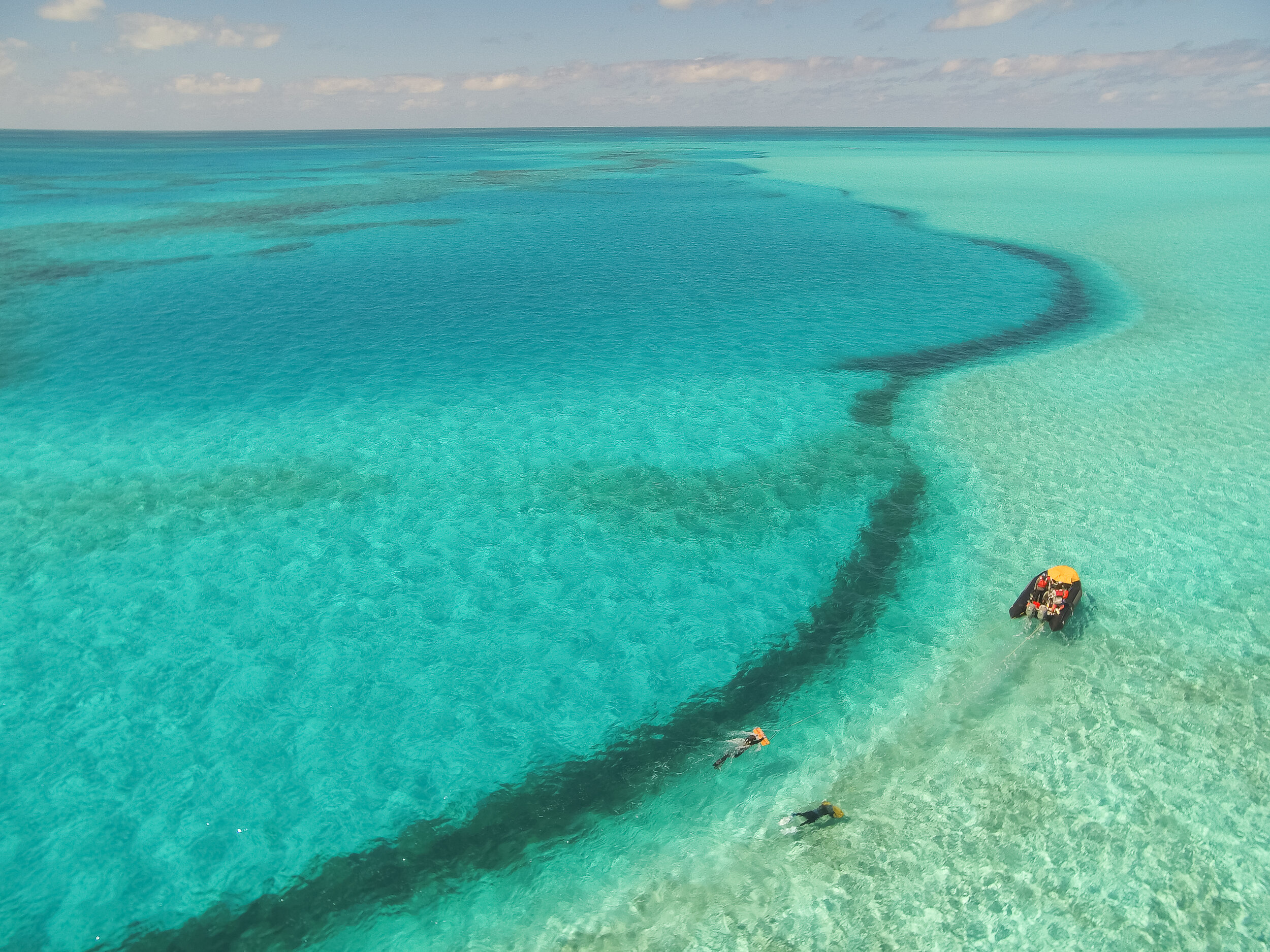
a sacred place
Papahānaumokuākea is the basis for the longest recorded traditional Hawaiian chant, the Kumulipo (source of deep darkness), which tells the history of how all forms of life came to be, beginning with the coral polyp. The genealogy of Papahānaumokuākea tells the story of Native Hawaiians’ ancestral connection with the gods who created those coral polyps, the Northwestern Hawaiian Islands, or Kūpuna (respected elders) Islands, and the existence of everything else in the archipelago. Thus, Papahānaumokuākea is considered to be the origin of all life and the literal ancestor to the Native Hawaiian people.
Papahānaumokuākea is considered a sacred area, from which Native Hawaiians believe all life springs, and to which spirits return to after death. More than 140 ancient Hawaiian archaeological sites exist here — evidence of the place’s central role in many Hawaiian cosmological, ancestral and creation narratives.
About PMNM
Papahānaumokuākea Marine National Monument (PMNM) is the largest contiguous fully protected conservation area under what is now known as the United States, and is one of the largest marine conservation areas in the world.
PMNM encompasses 582,578 square miles of the Pacific Ocean, an area larger than all the country's national parks combined. It was the first mixed (both natural and cultural) UNESCO World Heritage Site in what is now known as the United States.
Papahānaumokuākea serves as a sprawling convergence of climate, conservation and culture, making it one of the most biologically and socially significant places on the planet. For the people of Hawaiʻi, this stunning and exceptional landscape is right in our backyard, and part of our very own chain of islands. Visit www.papahanaumokuakea.gov for more information.
an abundant place
PMNM is a pristine, yet delicate ecosystem. It hosts a diverse set of vibrant and unique marine species that can rarely be seen anywhere else on Earth. It provides a home for:
MORE THAN 7,000 SPECIES OF WILDLIFE
23 ENDANGERED SPECIES
14 MILLION SEABIRDS OF 22 SPECIES
OVER 90% OF THE HAWAIIAN POPULATION OF GREEN SEA TURTLES
ABOUT 80% OF THE HAWAIIAN MONK SEAL POPULATION
3.5 MILLION ACRES OF CORAL REEFS
Protect What You Love
Despite being the most remote and isolated island archipelago in the world, every year an estimated 115,000 lbs of derelict fishing gear (“ghost nets”) accumulate on the coral reefs of Papahānaumokuākea, and its otherwise pristine beaches are choked with thousands of pounds of plastic pollution sourced from around the Pacific Rim.
Wildlife Under Attack
Marine debris poses numerous threats to our beloved Papahānaumokuākea:
Derelict fishing nets cause large-scale damage to coral reefs as they wash in from the open ocean, snagging and breaking apart living coral colonies as they tumble across the reef.
22 seabird species reside in Papahānaumokuākea. Many of these birds mistake plastic rubbish for food and feed it to their chicks.
The endangered Hawaiian monk seal (only 1400 remaining) and threatened green sea turtle are commonly entangled in derelict fishing nets, and can drown or starve to death as a result
An estimated 950,000 lbs. backlog of accumulated fishing nets exists in Papahānaumokuākea
















